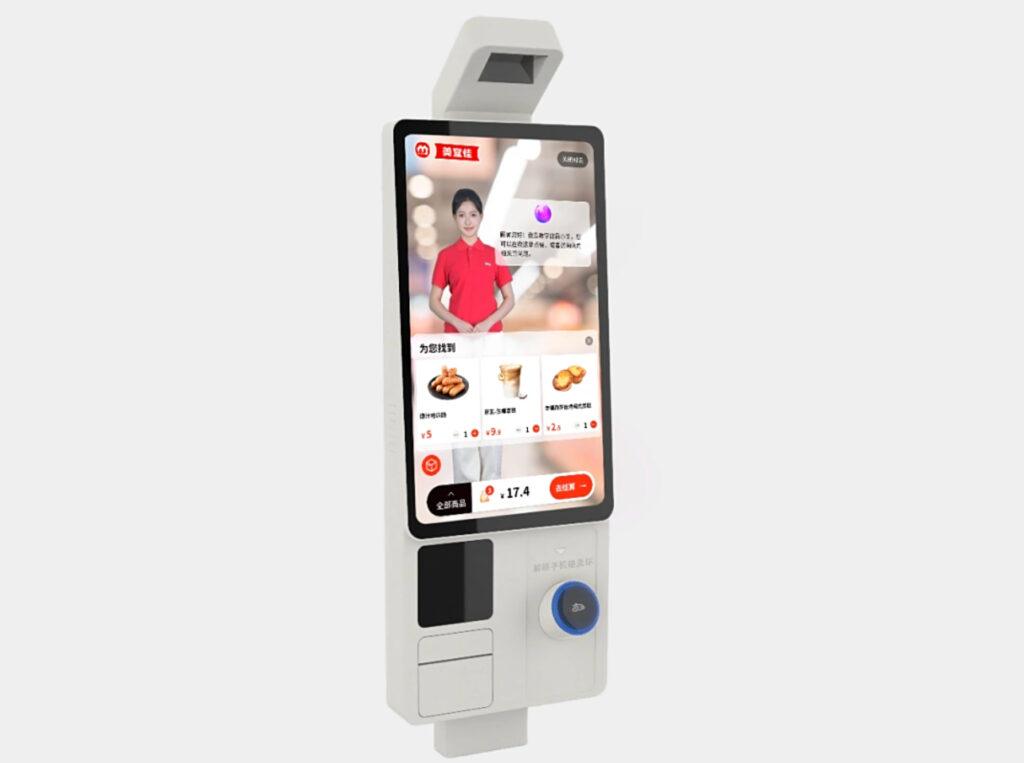- Huaweis Harmonyos enters the retail sector with smart cash register in China
- The smart Register combines the Harmonyos -Ecosystem with Alipay Payments and Meiyijia’s Store Network
- More than 40,000 Meiyijia locations nationwide begins to adopt the new system
Huawei has introduced a Harmonyo’s Smart Cash Register in China, which marks the operating system’s first performance in commercial hardware.
The product is developed in partnership with alipay and convenience store chain Meiyijia and forms part of a common initiative to accelerate digital retail solutions by combining resources across payments, software and retail sectors.
The cash register merges Huawei’s operating system and ecosystem temal technologies with Alipay’s paying infrastructure and Meiyijia’s large national store network.
Big plans
The register contains tap interaction, an alipay-developed feature that allows customers to make a payment simply by unlocking their phone and touching the terminal.
Alipay launched the TAP interaction in 2024, and the feature has since been used by more than 200 million shoppers.
In addition to just streamlining the box, the system will be able to automatically use coupons and synchronize loyalty points, all without shoppers who need to open an app.
The Harmonyos-driven registers will start rolling out over more than 40,000 Meiyijia stores nationwide, and companies are planning to take the collaboration into other areas.
Bank integration, membership services, scalable models for smart retail operations, advertising, payment innovations and a number of digital services in the store are all under consideration.
The arrival of Harmonyos in retail equipment is another phase of Huawei’s strategy to deliver a domestic alternative to Android and Windows.
Originally revealed in 2019 after seven years of development, Harmonyos, known as Hongmeng In China, Huawei’s response to being cut off from Google’s Android ecosystem. It has since been expanded to tablets, wearables, IoT devices, TVs and PCs.
Harmonyos is already used across a wide range of technology, and its addition to commercial equipment takes it from consumer electronics to business infrastructure.
Via Ithome



